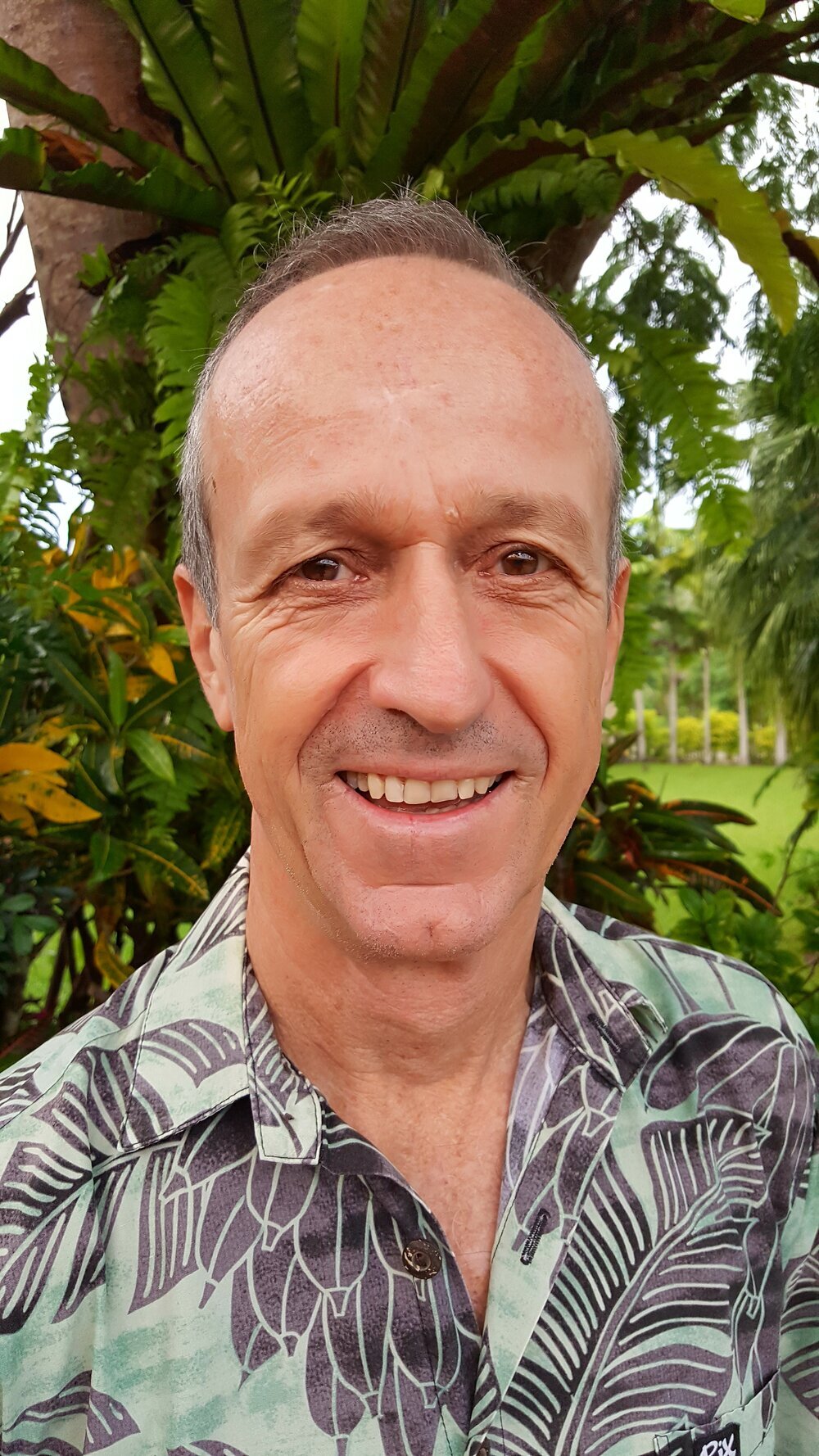I think this is a very fair point. There might be other factors we are overlooking. I guess maybe there is a difference between being given a choice of, say, 100 cultivars and just wondering whether or not a specific mutation is worth keeping. Though I think
@Alia also hints at a valid argument, namely that over a long period of time, the possibility of some kind of universal preference (based on just on acute effects, but also the effects of long-term usage, across generations) might actually be deducted. In general this seems to translate to high kavain (and dhk) and low dhm/flavokavins. But there are considerable differences between cultivars. E.g. Melo Melo and Kelai are clearly very different. Neither is a "knockout" kava, but clearly despite the latter having far more kavain than the former, many people in Vanuatu have still preferred to grow and consume the former. If things were as simple as "the highest kavain content wins", kelai would probably the only kava grown in Vanuatu. Beyond mere effects, it's also a matter of ease of growing, yield etc, I suppose. Especially in the modern context. This is why small hand melo is not as commonly cultivated as green melo, despite being stronger.
But I think it is indeed worth noting that the selection was undertaken in the context of a specific consumption routine/pattern (strong kava consumed quickly over a short period of time). Lebot admits that the fact that the Fijians, Tongans and Samoans mix their kava much weaker (and use dry roots) and consume it over the course of many, many hours today (as opposed to, say, 150 years ago) may have had an effect on the local cultivar selection/chemotype. The yield and ease of growing become even more important, too.
At the same time, one could ask another interesting question here. Is one way of consuming kava healthier/better than another? We are used to thinking that kava is safe and benign because it's been consumed for 3000 years. Lebot adds that this only applies to "traditional kava", meaning peeled roots mixed with water. Other forms of kava may or may not be equally benign, but we just need more data. What if the same logic (to a much lesser degree) also applies to consumption method? What if the Vanuatu way of consuming kava isn't a fluke, but a result of centuries of trials, errors, experiences and local knowledge. Maybe drinking super strong kava quickly is simply the most superior form of consuming the root, one with fewer negative social or health effects. A bit like drinking strong espresso is a good idea in the morning, but a pretty terrible idea in the evening that may have negative short term health effects (disturbed sleep). I am just toying with this idea, I haven't done any research on it or even thought about it too carefully.
But I know from my personal experience that drinking very potent kava quickly and then having a meal leaves me feeling incredibly refreshed the next day, whereas using the same amount of kava mixed with much more water and drinking it until late at night often results in me waking up feeling a bit groggy the next day.
It's pretty amazing that just 100-150 years ago seemingly nobody consumed weak, heavily dilluted kava made from dry roots late at night (with artificial lights on). These days this is how it's consumed by 99% of the Pacific Islanders who drink kava in New Zealand. I am not saying it's wrong to consume it this way, but it's a very modern practice and one that seemingly was born out of necessity (prohibitions, lack of access to enough kava, a desire to mimick alcohol drinking etc).


 kavasociety.nz
kavasociety.nz


